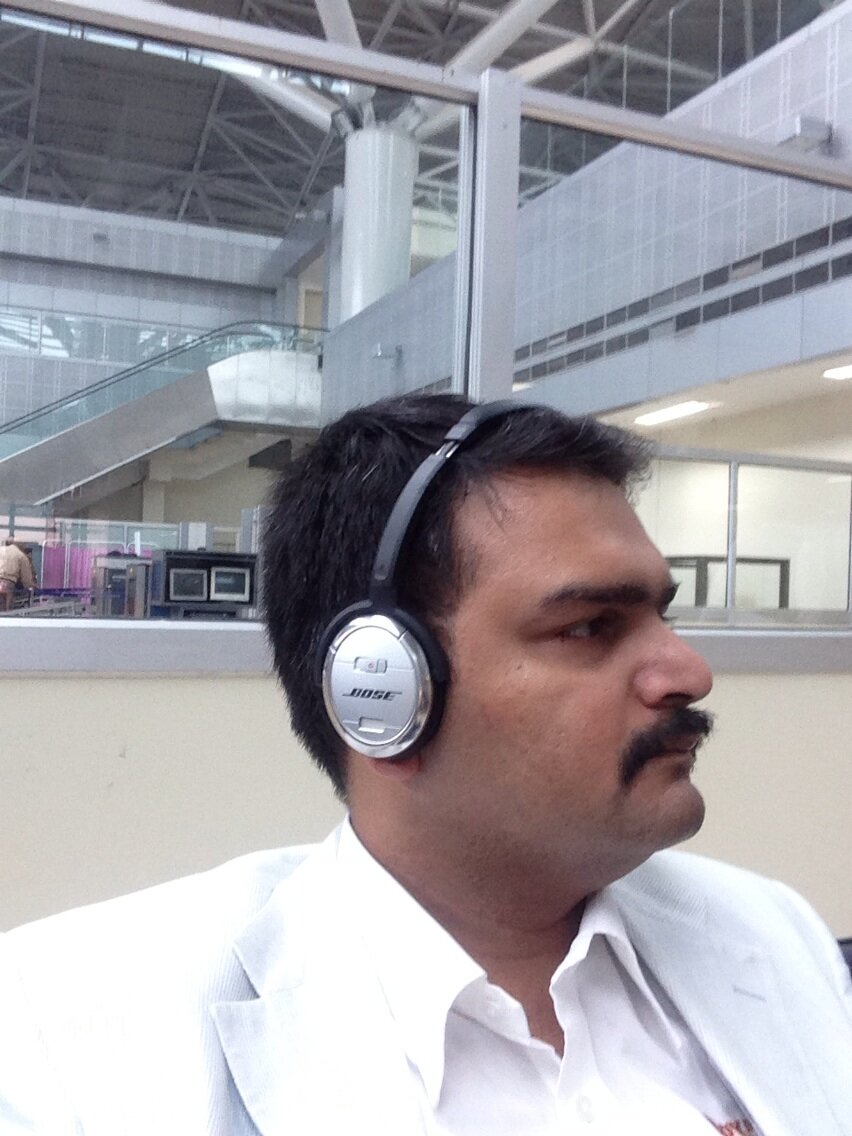
Even though there is order in the apparent chaos, there is an underlying sense of exploring a bazaar. This format will be adapted to a multitude of retail formats, including stand alone stores and kiosks. At cursory glance this seems a daunting task, but the entire design is modular and flexible. On the launch, Ronnie Talati, Business Head & Vice President, Fastrack said, “Fastrack is an irreverent brand with in your face, tongue-in-cheek communication; always known to generate a stir, the brand has created a legion of dedicated followers and fans. Fastrack has now managed to translate the irreverence of the brand into a physical space with the launch of this new retail identity”.
Each category has a space of its own and is designed with installations unique to that category. The watches are displayed inside bird cages, the belts are casually worn around a mannequin and the theme is carried forward to poles covered in leather and studs. The bags are suspended in rope using carabiners. Wallets are meant to be pickpocketed from the back of denim jeans and lie hanging out halfway from the pockets, eye wear is displayed on bright yellow bananas. There are old beaten up trunks, floating tables, mirrors, reconditioned refrigerators, urinals and water closets used as display devices, and various objects strewn through the space. Even the transaction desk is centered in the middle of the store becoming an intrinsic part of the experience. Even the signage does not take itself too seriously, and is a riot of blinking color changing lights, set to a DMX controller, representative of lighting from the high streets of Broadway, NY. The small open space in front of the store houses a bike rack and a folding bench.
Fastrack is among those handful of brands to set-up a Flagship Store for themselves. Almost every Retail brand worth its pound would like to set-up its Flagship Store in a prime location in the region / country although only a few actually do so. And even more fewer maintain such stores well enough to call them their Flagship. Some of the other examples of Flagship Stores of iconic brands include;
Louis Vuitton
160 New Bond Street
London, England, UK
- It features a two-story wall of trunks – to showcase the Louis Vuitton tradition of working in leather – and a glass and LED staircase.
- The 15,000 square-foot store is designed to reflect the 21st century mood of London and bring together innovation, heritage and fashion.
- Features a library which showcases the best of British contemporary Art Books and commissions.
- The store’s second floor is a luxurious private client suite, which can only be accessed by invitation.
Oakley
1-4 King Street
London, England, UK
- 4,000 pairs of the legendary Frogskin sunglasses have been used to create a chandelier in the store.
- The store features a 12-foot tall, 800-pound metallic angel with a 25-foot carbon fiber wingspan.
- The Oakley Custom Lab, where customers can design their own sunglasses and goggles.
- An onsite etching machine is available for custom engraving.
- A 3D experience that showcases the company's innovation.
- The store includes a complete O Lab that utilizes lasers and impact rings to educate customers on Oakley sunglasses.
Macy's
151 West. 34th St.
New York, NY
Flagship Features
- World's largest department store
- 1,000,000 square-foot, nine-floor building
- A registered New York City landmark
- Shoe department occupies two entire floors
- Bridal suite with a walkway platform
- Owned and operated by Macy's since 1902
Apple
235 Regent Street
London, England, UK
- Apple's largest store with an estimated rent of £1.5 million a year.
- Events and workshops are held daily in the two-story shop.

5 East 57th Street
New York, NY
Flagship Features
- Second of 18 flagship locations planned for global expansion
- High-tech decor, and cutting edge product demos and kiosks
- Completely interactive, with an exhaustive range of products, accessories, 3rd party devices, and mobile technology
- Fully functional multimedia environments for testing all products
- Staff members are all graduates of Nokia Academy
Tiffany's
Fifth Avenue and 57th Street
Manhattan, NY
Flagship Features
- 124,000 square-foot legendary retail location since 1940
- U.S. National Register of Historic Places
- Made famous in the film, "Breakfast at Tiffany's"
- Polished granite exterior, doormen, Alpine marble, and breathtaking chandeliers
- Private selling salons with platinum ceilings
- Fifth floor entertaining and exhibition area
- Houses Tiffany & Co. Archives
Flagship Stores add a strategic advantage to the Brand as compared to normal stores. Potential customers visit these locations to know and explore the brand in detail, to appreciate the beauty and background of the brand and most importantly, to also buy – conversions are usually higher at these stores than the usual retail lot. In some cases, the Brand showcases certain products exclusively in the store after which they are sent to the rest of the Retail network. This practice is usually condemned by the trade, especially when Franchises are involved although the gap between the time to launch at the Flagship Store and other stores is too narrow these days, usually under a fortnight. Overall, it is extremely important for Brands to have a Flagship Store. Usually, it is quite easy to put up one, the challenge is to showcase and maintain them in the long term.















